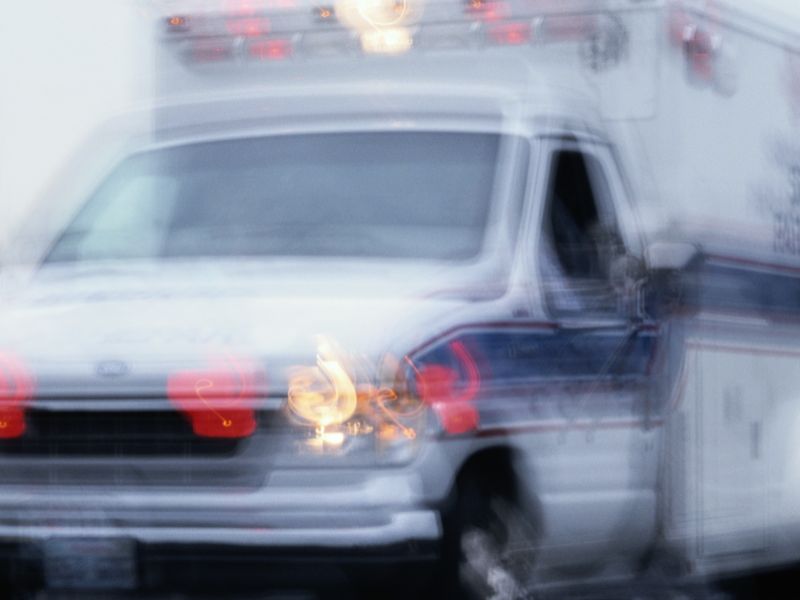
THURSDAY, Nov. 15, 2018 (HealthDay News) -- The rate of suicide among U.S. workers has jumped 34 percent since 2000, and certain occupations seem to be riskier than others, government health researchers report.
Those most at risk: men with construction and extraction jobs, and women in arts, design, entertainment, sports and media, according to the U.S. Centers for Disease Control and Prevention.
"Increasing suicide rates in the U.S. are a concerning trend that represent a tragedy for families and communities and impact the American workforce," said Dr. Deb Houry, director of the CDC's National Center for Injury Prevention and Control.
"Knowing who is at greater risk for suicide can help save lives through focused prevention efforts," Houry said in a CDC news release.
Researchers looked at the occupations of more than 22,000 Americans ages 16-64 who died by suicide in 17 states between 2012 and 2015.
In 2015, the three riskiest occupations for men were construction and extraction; arts, design, entertainment, sports and media; and installation, maintenance and repair.
Among women, the top three were the arts, design and media category; jobs in protective service; and health care support.
Suicide risk increased the most for women working in food prep and serving (up 54 percent) and for men in arts, design, entertainment, sports, and media occupations (up 47 percent), the study found.
For teachers and librarians, some good news emerged: Men and women in education, training and library occupations had the lowest suicide rates in 2015.
The workplace is an important area for suicide prevention efforts because that's where many adults spend a great deal of their time, according to the CDC.
Employers can help prevent these tragedies in several ways, the study authors noted. They recommended employee assistance programs, workplace wellness programs and technology to provide online mental health screenings.
Reducing stigma toward the mentally ill and those seeking help is also important, as is awareness of the National Suicide Prevention Lifeline: 1-800-273-TALK (8255).
It's important to recognize the warning signs that someone might want to end their life. The National Institute of Mental Health says the following behaviors may indicate that you or a loved one needs help immediately:
- Talking about wanting to die or kill themselves,
- Talking about feeling empty, hopeless or having no reason to live,
- Looking for a way to kill themselves, such as searching online, stockpiling pills or buying a gun,
- Talking about great guilt or shame, or about feeling trapped,
- Feeling unbearable emotional or physical pain,
- Talking about being a burden to others,
- More frequent use of alcohol or drugs,
- Withdrawing from family and friends,
- Changing eating and/or sleeping habits,
- Giving away important possessions.
Researchers found that in 2015, the suicide rate for males in construction and extraction was about 53 per 100,000. Among women in arts, design, entertainment, sports, and media, the rate was nearly 16 per 100,000.
The new findings show that for men in farming, ranching and related occupations, suicide rates were almost 45 per 100,000 in 2012 and declined to about 32 per 100,000 in 2015.
For male agricultural workers, suicide rates fell from about 20 per 100,000 in 2012 to about 17 per 100,000 in 2015.
The study was published Nov. 15 in the CDC's Morbidity and Mortality Weekly Report.
More information
The U.S. National Institute of Mental Health has more on suicide prevention.
Back

The news stories provided in Health News and our Health-E News Newsletter are a service of the nationally syndicated HealthDay® news and information company. Stories refer to national trends and breaking health news, and are not necessarily indicative of or always supported by our facility and providers. This information is provided for informational and educational purposes only, and is not intended to be a substitute for medical advice, diagnosis, or treatment.






